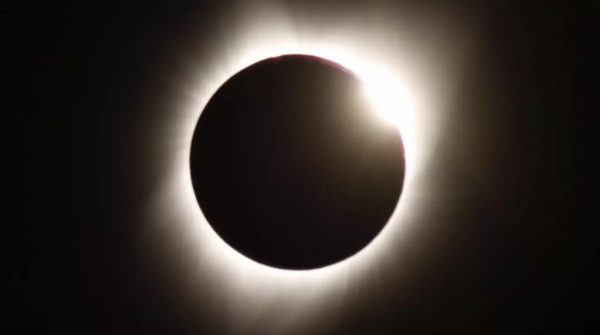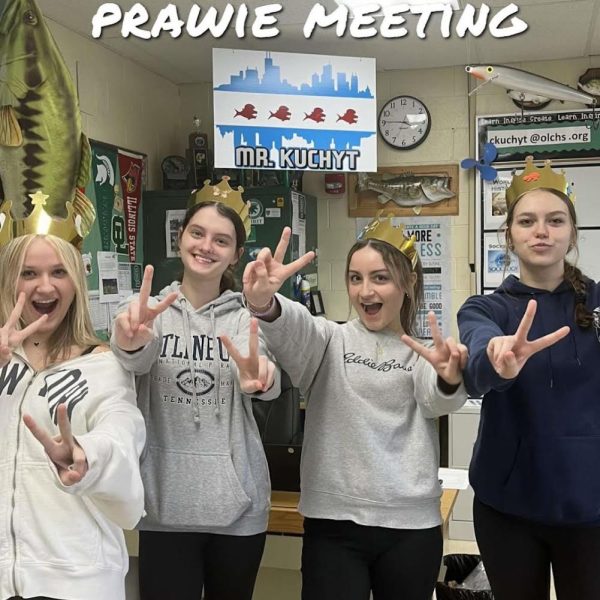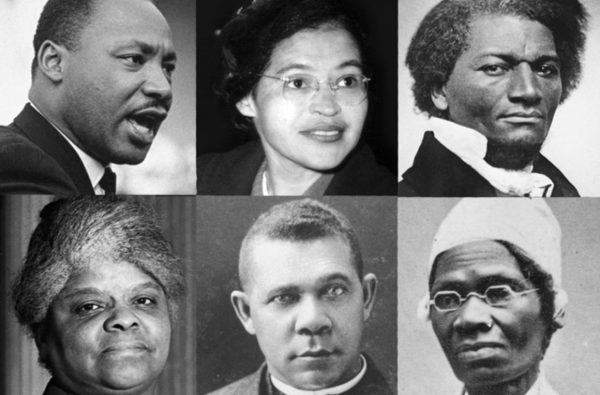Hurricane Patricia Hits Mexico
December 2, 2015
Finding its origin from the eastern Pacific, Hurricane Patricia threatened to be one of the most devastating natural disasters in history during the days between October 20 and 25. From what was known to be the strongest hurricane ever recorded in the western hemisphere became what many champion now as the “Mexican Miracle.”
Just over a day after coming upon the Mexican southwest beaches, Hurricane Patricia, as if by some divine hand’s intervening, rapidly weakened until it finally dissipated in northwest Mexico.
The storm system slowly crept across the coast of Central America until it reached the Mexican coast on October 23; whereupon, it became the most powerful tropical cyclone ever measured, with winds having reached a puissant 200 mph and its central pressure having dropped to 879 millibars.
Upon the hurricane’s eye’s making landfall near Cuixmala in Jalisco state at 6:15 p.m. CDT (October 23), sustained winds were calculated to have been breaking beyond 165 mph, well within the category 5 range on the Saffir-Simpson Hurricane Wind Scale. Notwithstanding the fact that Hurricane Patricia was the lowest pressurized on record, its winds quickly petered out just 45 miles southwest of Monterrey, Mexico.
The hurricane’s strength was enervated steadily by the rugged terrain of Mexico’s interior, sparing major cities from greater damage, including the popular coastal resort cities of Manzanillo, Puerto Vallarta, and Guadalajara. Mud falls were created during the intense rains that followed the storms, injuring two whose vehicle fell off a road in the state of Michoacán.
Patricia also brought some very rare praise for the current Mexican president, Enrique Pena Nieto. The president was on television and radio, coordinating with the federal and state governments to evacuate as many people as possible and to safeguard cities from superfluous damage. With the catastrophe averted, Pena Nieto commented that the fact that there were no deaths was mostly imputed to the faith of the Mexican people.
However, riding on this faith, the Mexican government did do an effective job at creating shelters, supplying people in the area, and taking every preventative measure possible to minimize damage in just a window of less than two days.
These measures and means contrasted deeply in the memories of Mexicans who looked back on previous disasters where the government floundered, such as the 1985 earthquake wherein over 9,000 people died.
“The entire Mexican system will never forget 1985 and how bad that made the entire PRI regime look,” said Prof Richard Olson, the director of the Extreme Events Institute at Florida International University in Miami.
To recapitulate, the hurricane caused almost no damage in the face of what was originally anticipated.
The most intriguing part of the story was the effusive international support for Mexico during the uncertain days wherein Patricia perniciously marched toward the heart of the country. The US, especially concerned, led support as millions of accounts on social media flickered with messages and prayers for the safety on Mexicans in the affected areas. Popular posts were shared through hashtag threads such as #HuracánPatricia and #PrayforMexico.
This positive outcry came after perhaps years of American ambivalence and mixed aversion to a Mexico that was seen as a boiling kettle of political and social woes. It was encouraging to see that our beautiful neighbor to the south was so cared for, and not just a cheap target for GOP presidential candidates.










